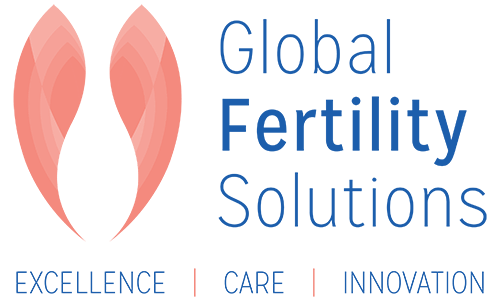It is important to note that several factors can impact the success of Platelet-Rich Plasma (PRP) in Assisted Reproductive Technology (ART). While PRP shows promise as an adjunct therapy in ART, it is important to consider the following factors that can influence its effectiveness:
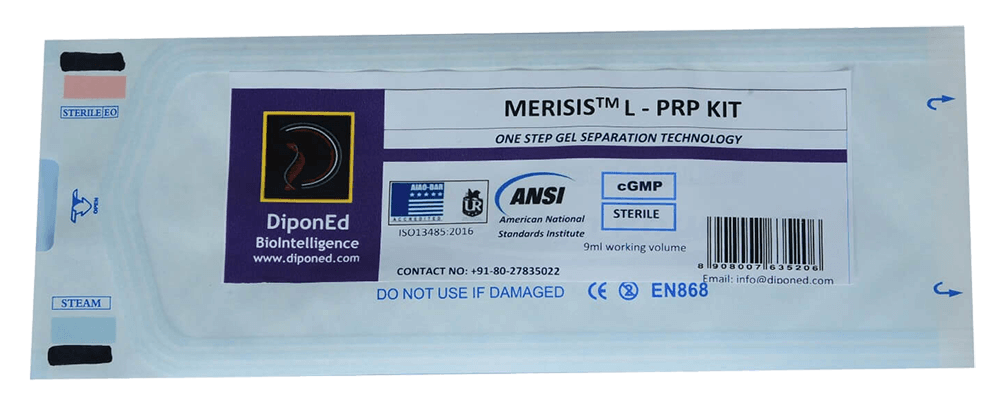
Patient Selection: The selection of appropriate patients is crucial for the success of PRP in ART. Factors such as age, ovarian reserve, response to stimulation, and underlying fertility issues should be considered. That said, PRP may be more beneficial for women with diminished ovarian reserve or poor ovarian response, as well as those with thin endometrial linings or a history of implantation failure. Identifying the right candidates for PRP therapy can optimize its effectiveness.
Timing and Administration: The timing and method of PRP administration can impact its success in ART. Moreover, the timing of PRP injections should be carefully coordinated with the various stages of the ART cycle, such as ovarian stimulation, egg retrieval, and embryo transfer. Besides, the appropriate dosage and technique for PRP administration should be determined based on individual patient characteristics and treatment protocols.
Quality and Preparation of PRP: The quality and preparation process of PRP can significantly impact its effectiveness. On the other hand, the concentration of platelets, growth factors, and bioactive substances in PRP can vary depending on the preparation technique used. Hence, it is essential to follow standardized protocols for PRP preparation to ensure optimal concentration and quality. Additionally, factors such as handling and storage conditions can influence the bioactivity of PRP, so proper storage and maintenance protocols should be followed.
Individual Response to PRP: The response to PRP therapy can vary among individuals. Factors such as the patient’s overall health, immune response, and genetic factors can influence the effectiveness of PRP in promoting tissue regeneration and improving reproductive outcomes. On the other hand, each patient’s unique biological characteristics and response to PRP should be taken into account when evaluating the success of PRP in ART.
Integration with Standard ART Protocols: PRP is typically used as an adjunct therapy alongside standard ART protocols. Additionally, the integration and coordination of PRP with procedures such as ovarian stimulation, egg retrieval, and embryo transfer are crucial for its success. Also, the synergy between PRP and the existing ART protocols should be carefully managed to maximize the potential benefits and optimize treatment outcomes.
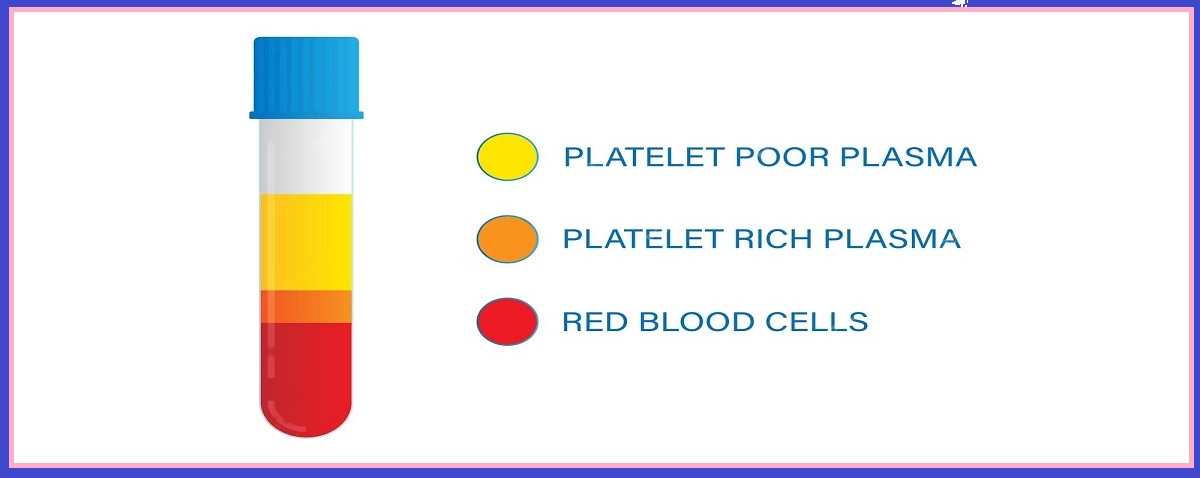
Research and Evidence: The success of PRP in ART is influenced by the existing research and evidence base. As a relatively new therapy in the field of reproductive medicine, further research is needed to establish its efficacy, safety, and optimal protocols. Continued scientific investigations, randomized controlled trials, and long-term follow-up studies are essential to validate and refine the use of PRP in ART.
It is important to note that while PRP shows promise, it may not be effective or suitable for every patient or every ART cycle. Hence, individualized evaluation, consultation with reproductive specialists, and a comprehensive understanding of the patient’s unique circumstances are necessary to determine the potential success of PRP in ART.
How to make PRP more effective for your IVF treatment?
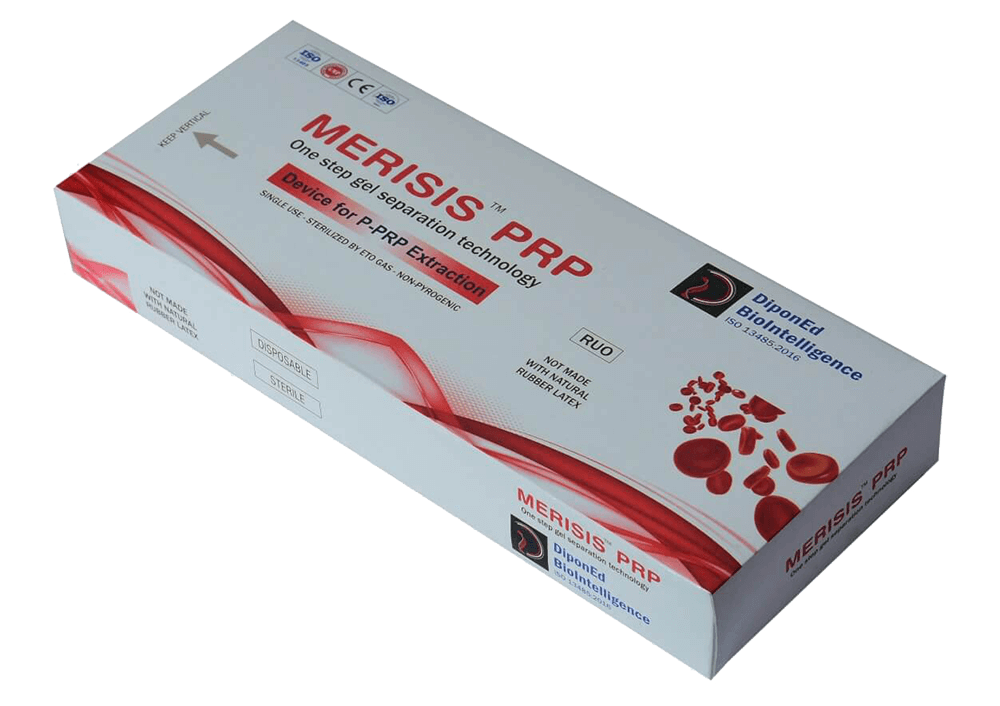 To make Platelet-Rich Plasma (PRP) beneficial for your In Vitro Fertilization (IVF) treatment, consider the following steps and considerations:
To make Platelet-Rich Plasma (PRP) beneficial for your In Vitro Fertilization (IVF) treatment, consider the following steps and considerations:
Consult with a Reproductive Specialist: Seek guidance from a reproductive specialist who is experienced in incorporating PRP into IVF treatment. They can evaluate your specific situation, assess the potential benefits, and determine if PRP is suitable for you.
Gain more knowledge: Familiarize yourself with the existing research and evidence on PRP in ART. Stay updated with the latest scientific findings and studies that explore the use of PRP in improving IVF outcomes.
Moreover, discuss this information with your healthcare provider to understand the potential benefits and limitations of PRP for your specific case.
Select the best IVF center or consultant: Choose a healthcare provider who is skilled and experienced in performing PRP therapy in the context of IVF. Besides, they should have expertise in the specific protocols and techniques related to PRP preparation and administration. On the other hand, a knowledgeable provider will help ensure that PRP is used appropriately and effectively in your IVF treatment.
PRP is not suitable for everyone: Not all patients may benefit equally from PRP in IVF. Patient selection is crucial. That said, factors such as age, ovarian reserve, response to stimulation, and previous IVF outcomes should be considered. Besides, PRP may be more suitable for individuals with specific fertility challenges, such as diminished ovarian reserve or recurrent implantation failure. This is where you must work closely with your healthcare provider to determine if you are a suitable candidate for PRP therapy.
Pay attention to the timing of the treatment: Proper timing and management of PRP are essential for its effectiveness. So, you must coordinate with your healthcare provider to determine the optimal timing of PRP injections in relation to your IVF cycle. Moreover, PRP may be administered before ovarian stimulation, during egg retrieval, or at specific stages of the IVF process. That said, the appropriate dosage and technique should be determined based on your individual circumstances.
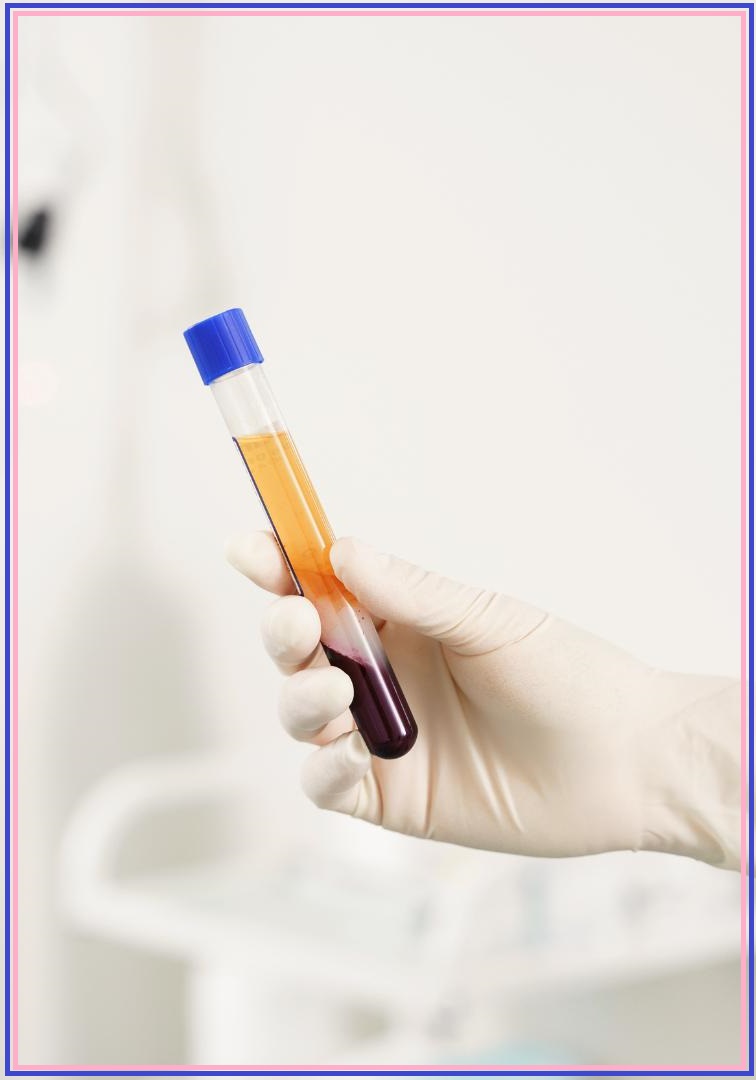 Quality of treatment: Ensure that high-quality PRP is used in your IVF treatment. This involves following standardized protocols for PRP preparation to ensure the optimal concentration of platelets, growth factors, and bioactive substances. Additionally, the handling and storage of PRP should also be done according to established guidelines to maintain its bioactivity.
Quality of treatment: Ensure that high-quality PRP is used in your IVF treatment. This involves following standardized protocols for PRP preparation to ensure the optimal concentration of platelets, growth factors, and bioactive substances. Additionally, the handling and storage of PRP should also be done according to established guidelines to maintain its bioactivity.
Integration with Standard IVF Protocols: PRP should be integrated seamlessly with standard IVF protocols. Besides, it should complement and enhance the existing treatment plan. Moreover, your healthcare provider will coordinate the timing and administration of PRP with other IVF procedures, such as ovarian stimulation, egg retrieval, and embryo transfer, to optimize the potential benefits of PRP therapy.
Follow-up and Monitoring: Regular follow-up and monitoring are important to assess the effectiveness of PRP in your IVF treatment. That said, your healthcare provider will evaluate your response to PRP therapy, and monitor your ovarian response, endometrial receptivity, and overall treatment progress. This will help guide any necessary adjustments to the PRP protocol and ensure its ongoing benefit for your IVF treatment.




